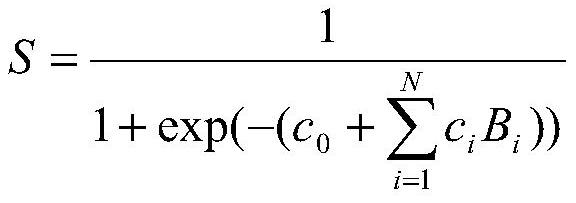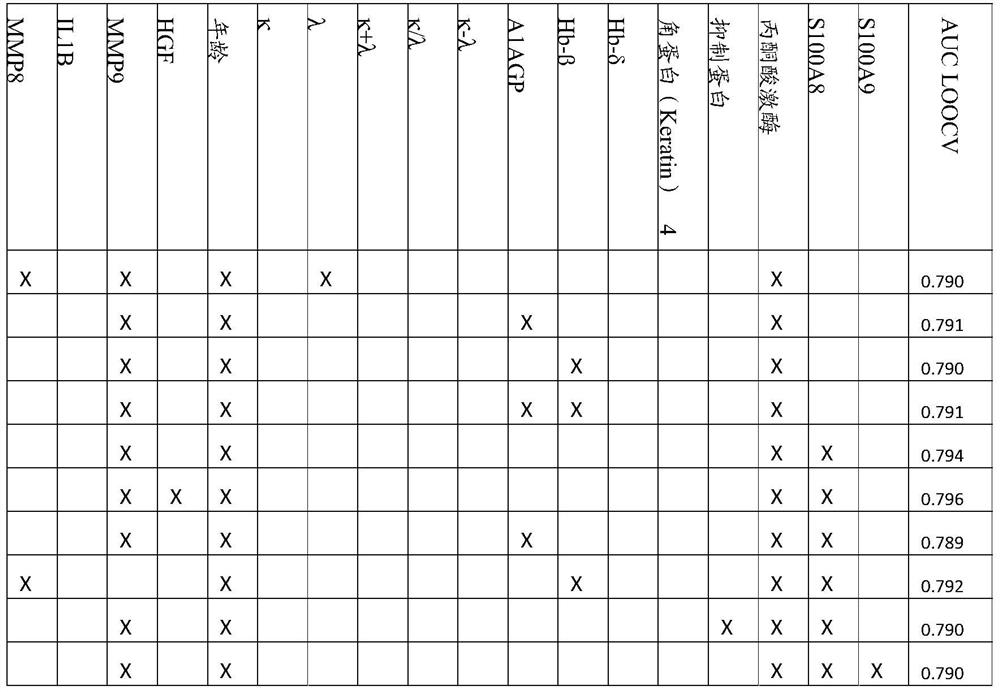Diagnostics of mild or advanced periodontitis
A periodontitis, severe technology, applied in the field of oral care, can solve problems such as impossible implementation of consumers
- Summary
- Abstract
- Description
- Claims
- Application Information
AI Technical Summary
Problems solved by technology
Method used
Image
Examples
Embodiment Construction
[0048] In summary, the present invention is based on the sensible insight that in saliva samples of human patients with periodontitis, only two proteins can be used as biomarkers for classifying periodontitis is either of two categories, one of severe periodontitis and the other of mild or moderate (i.e., non-severe, unless otherwise specified, the term "mild periodontitis" above and below ” would include moderate periodontitis). The latter category is hereinafter collectively referred to as mild periodontitis.
[0049] The protein biomarkers identified were pyruvate kinase (PK), matrix metalloproteinase-9 (MMP9), S100 calcium binding protein A8 (S100A8), hemoglobin subunit beta (Hb-β), and S100 calcium binding protein A9 (S100A9 ). According to the invention, the following combinations of these proteins are used for the diagnosis of gingivitis:
[0050] Pyruvate kinase (PK) and at least one of matrix metalloproteinase-9 (MMP9), S100 calcium binding protein A8 (S100A8), and...
PUM
 Login to View More
Login to View More Abstract
Description
Claims
Application Information
 Login to View More
Login to View More - R&D
- Intellectual Property
- Life Sciences
- Materials
- Tech Scout
- Unparalleled Data Quality
- Higher Quality Content
- 60% Fewer Hallucinations
Browse by: Latest US Patents, China's latest patents, Technical Efficacy Thesaurus, Application Domain, Technology Topic, Popular Technical Reports.
© 2025 PatSnap. All rights reserved.Legal|Privacy policy|Modern Slavery Act Transparency Statement|Sitemap|About US| Contact US: help@patsnap.com



